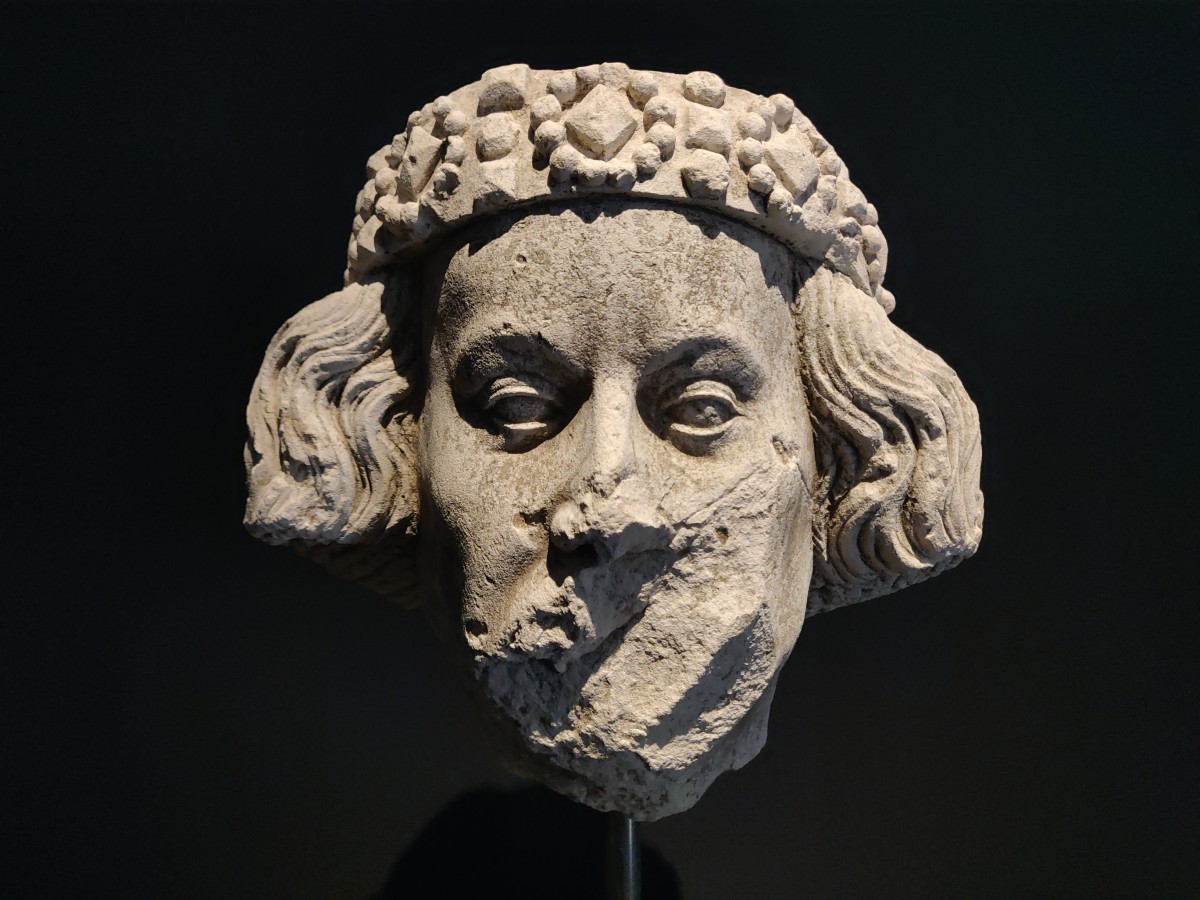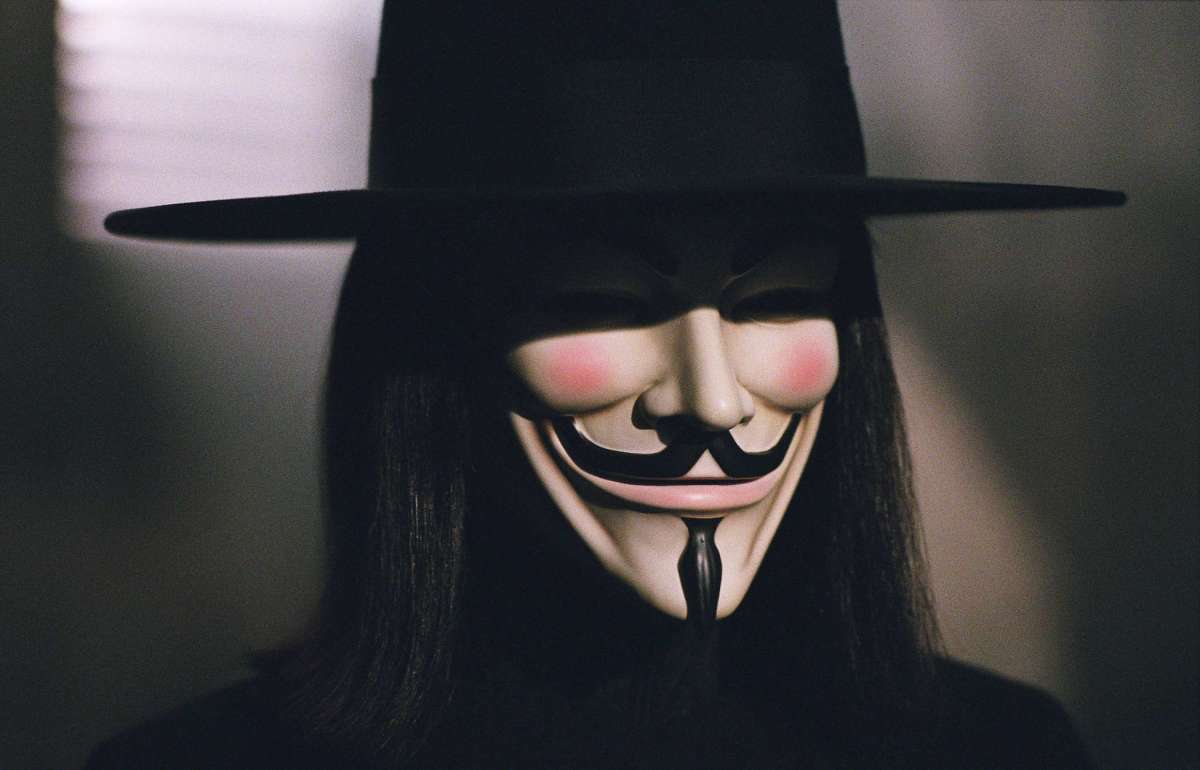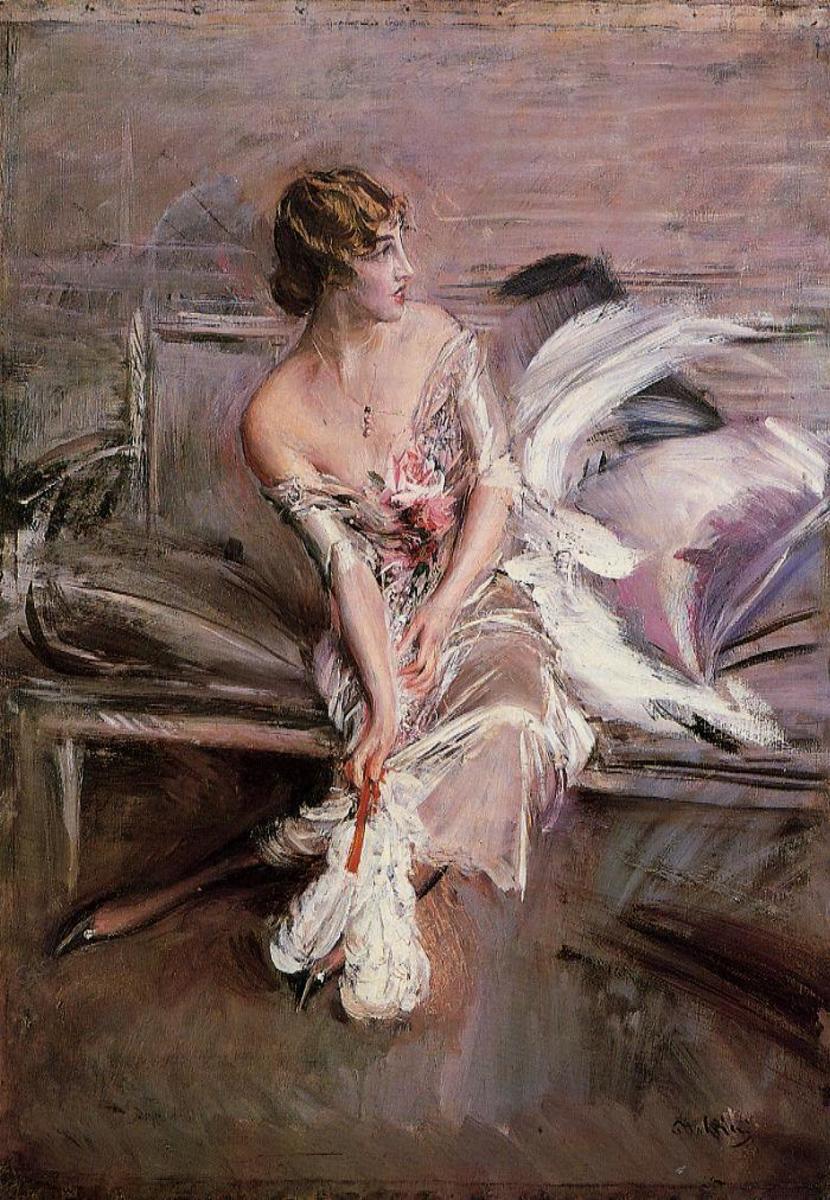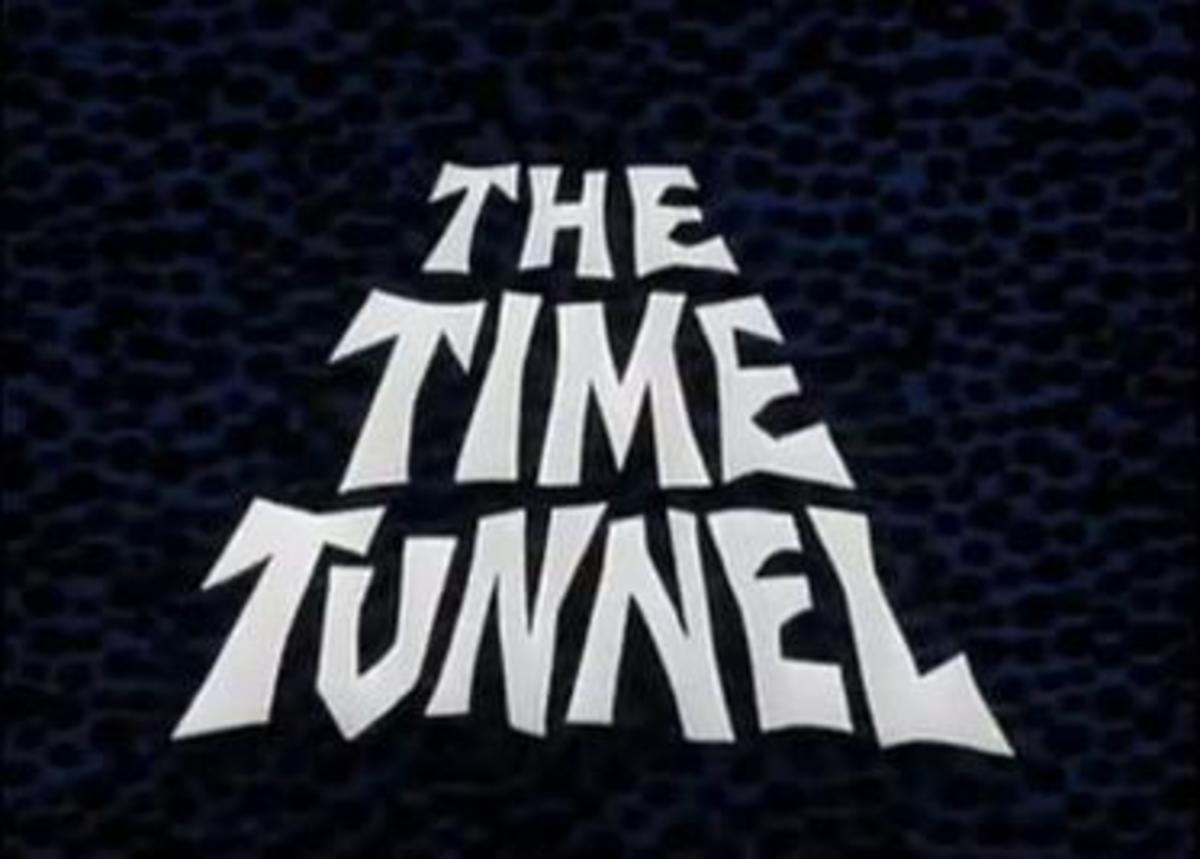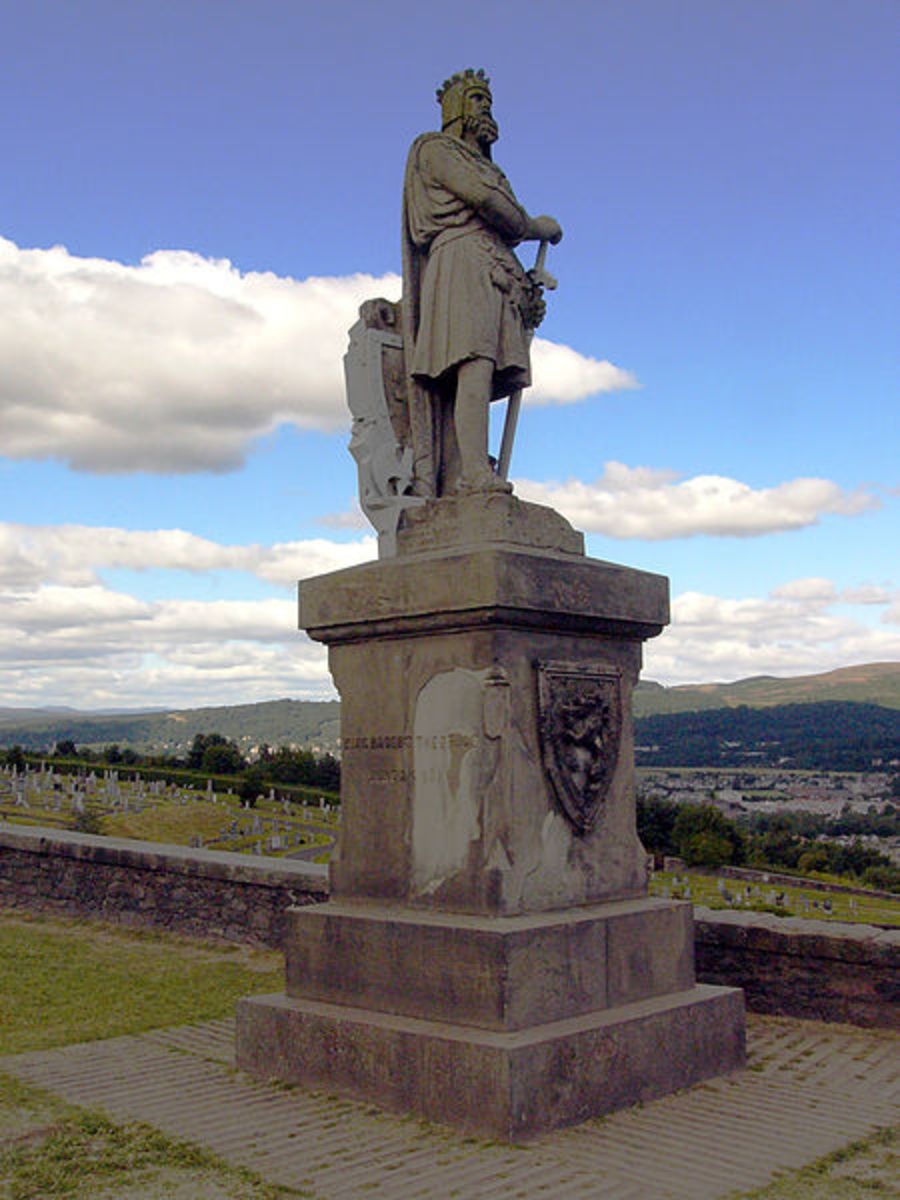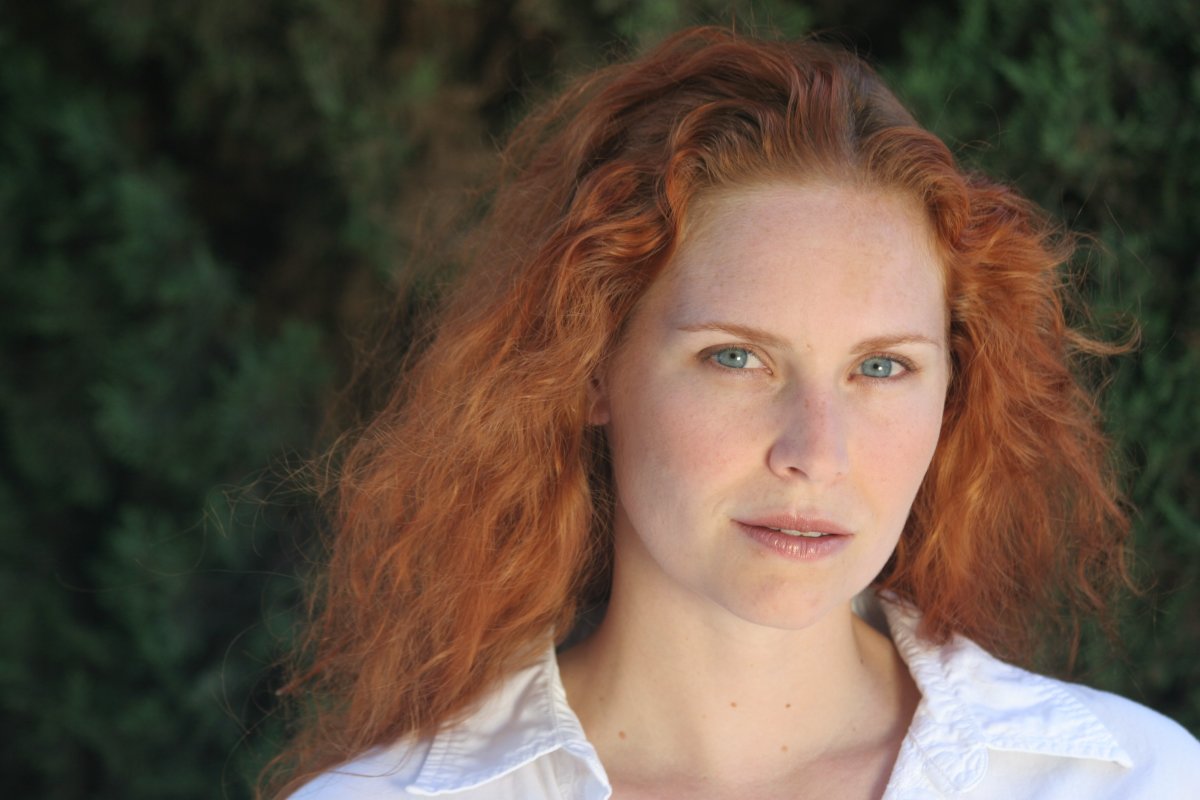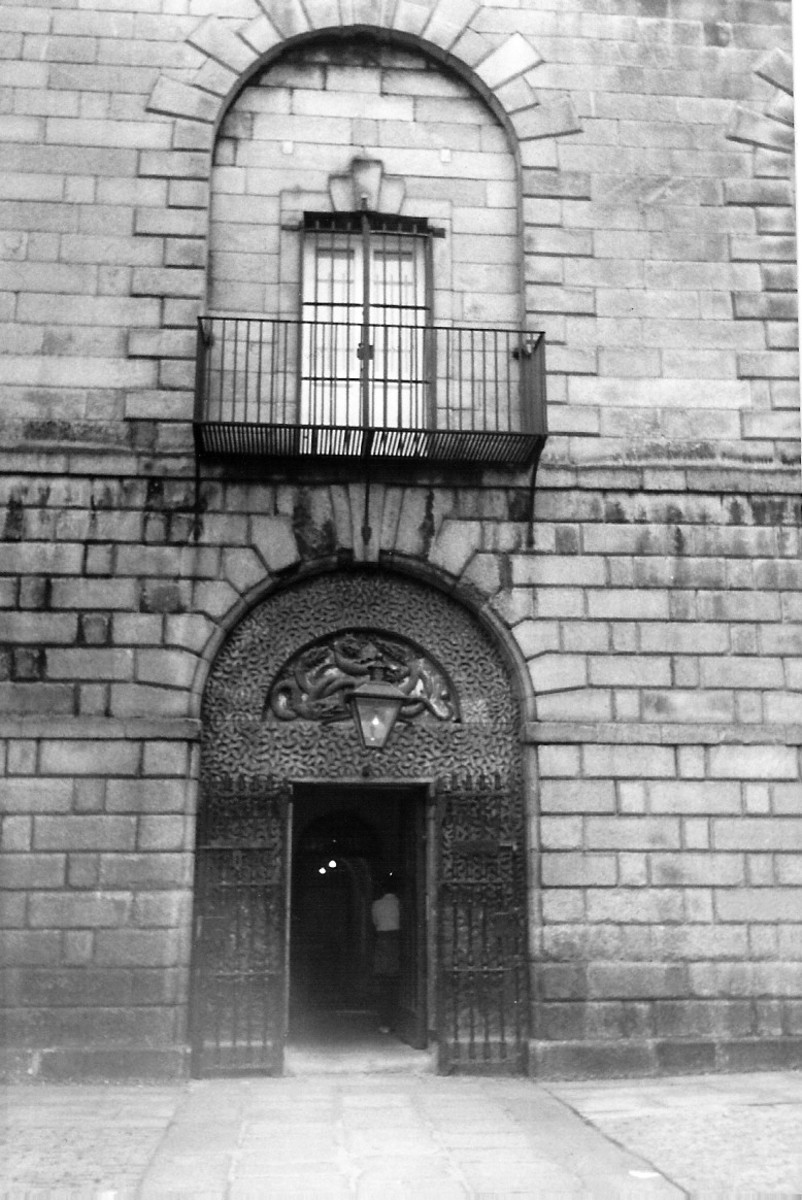The Real Rob Roy
Robert Roy MacGregor
One of my favorite films of all time is the 1995 version of Rob Roy. This movie stars Liam Neeson, Jessica Lange, and John Hurt and is based on the true story of the historical Robert Roy MacGregor of Scotland. As usual, Hollywood took liberties with the actual historical events surrounding the highlander, but the main story line rings true.
Part of my interest in Rob Roy lies in my own family history. My maiden name was Cook, and the Cooks were a sept of the Stuart clan. Perhaps Rob Roy MacGregor fought for one of my long lost cousins!
Birth and early life
Robert Roy MacGregor was born in 1671 at Glengyle, near the banks of Loch Katrine. Robert’s father was Donald MacGregor, and his mother was Margaret Campbell. Donald had a high standing in the clan, so young Rob was well educated and spoke both Gaelic and English. He was also instructed in battle strategies and swordsmanship.
The young warrior
When Robert reached the age of eighteen, he joined his father in battle, as was the custom of most highland clans. Their skirmishes were part of the Jacobite uprising led by Viscount Dundee. The Jacobites fought from 1688 to 1746 as an effort to return King James VII to the Scottish throne, along with assuring that the Stuart descendants would succeed. James VII of Scotland, who was also King James II of England, had been deposed by Parliament in the Glorious Revolution of 1688.
Why was King James deposed?
James Stuart was a Catholic, and he had close ties to France. Most of the Tories and some of the Whigs were not happy with either of these pertinent facts concerning the king. When his wife bore a son in 1688, James Francis Edward Stuart, it appeared that Catholicism would have a strong hold over Britain for years to come. As a result, the throne was awarded to Mary, James’ Protestant daughter, along with her husband, William of Orange. Mary became Queen Mary II.
Rob Roy’s adult life
At the age of 21, Robert married Mary MacGregor of Comar and had four sons: Randall, Coll, James, and Robert. Later, the couple adopted Duncan, a cousin.
Rob was an accomplished swordsman and cattleman. He fought many duels with swords, and it’s often been said that his prowess was due to his long arms. He owned land on Loch Lomond, near Inversnaid, where he ran cattle and sometimes served as a drover. Many of the highland clans rustled cattle for a living, but Robert discovered it was more profitable and easier to be paid to protect the cattle herds of wealthy aristocrats. Through this questionable career, Rob was able to increase his own herds and his acreage.
Rob Roy vs. the Duke of Montrose
The clans generally used the barter system for trade, and few of them ever even saw any significant amounts of cash. When Robert MacGregor wanted to purchase more land and cattle, he borrowed 1,000 pounds from the Duke of Montrose. The money, however, disappeared. It’s believed than one of MacGregor’s employees absconded with the cash. The duke tried to gain Robert’s lands by charging him with embezzlement.
Rob Roy refused to answer the charges, making him an outlaw. He began to rustle the duke’s cattle on a regular basis, often giving the cattle to poor highlanders. Because of this, he’s often referred to as the Scottish Robin Hood.
MacGregor the traitor
By 1715, Robert MacGregor was leading regular raids against the English. He was branded as a traitor to the crown and was forced to live in hiding and on the run. The Duke of Argyll, Rob’s mother’s cousin and political enemy of Montrose, often allowed Rob to hide on his lands. MacGregor was actually captured twice, but both times he made daring successful escapes.
In 1725, Robert turned himself in. By that time, Rob Roy was already a legend and a hero to the highland clans, so the king, George I, had little choice but to pardon him. Rob returned home to his family in 1727 and relinquished some of his weapons to the Duke of Argyll, and in return, the duke gave MacGregor a house in Glen Shira.
Rob Roy’s death
The last decade of Rob Roy’s life were spent peacefully. He converted to Catholicism four years before his death. In 1734, Robert Roy MacGregor died quietly at home at the age of 63, after a short illness. As he expired, “I shall Return No More” was being played on the bagpipes by a local piper.
The grave of Robert Roy MacGregor can still be seen today at Balquhidder Kirkyard.
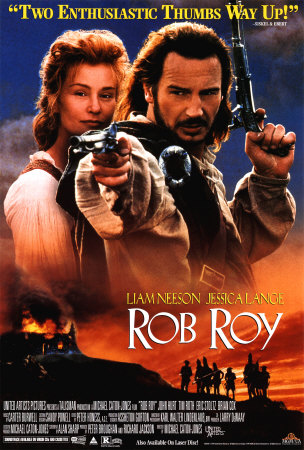
More history:
- The Real Macbeth
History of the real Macbeth. An animated version of the Macbeth play is included. - The Real Braveheart: William Wallace
If you read my article about the historical Robert Roy MacGregor, you know Im into Scottish history. Ive always liked the movie Braveheart, which is about another highland hero, William Wallace.... - The First Thanksgiving: What was on the Menu?
Most Americans know something about the first Thanksgiving feast in 1621. It was a joint effort made by the European colonists at Plymouth and the local Native Americans, the Wompanoag. The celebration...

